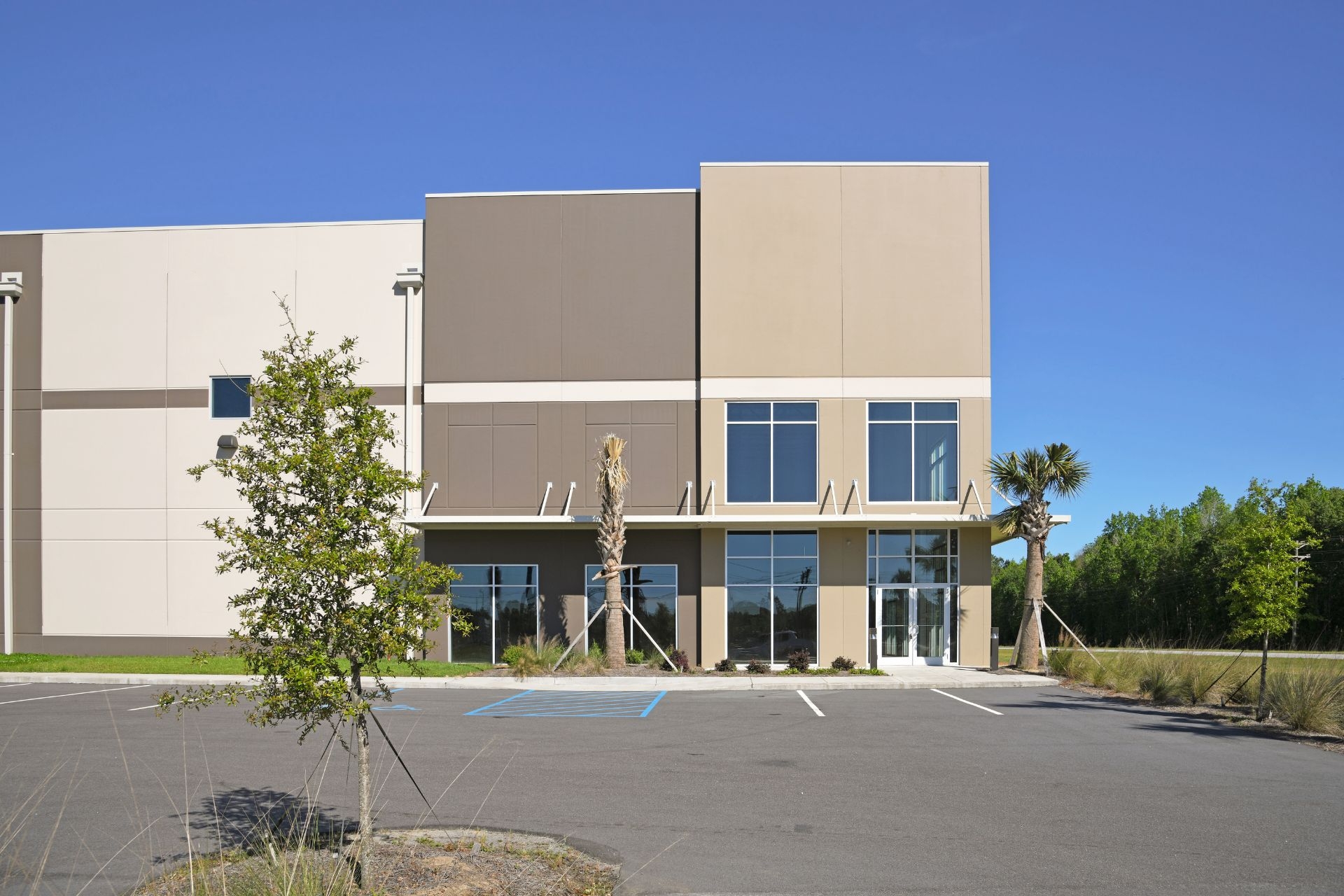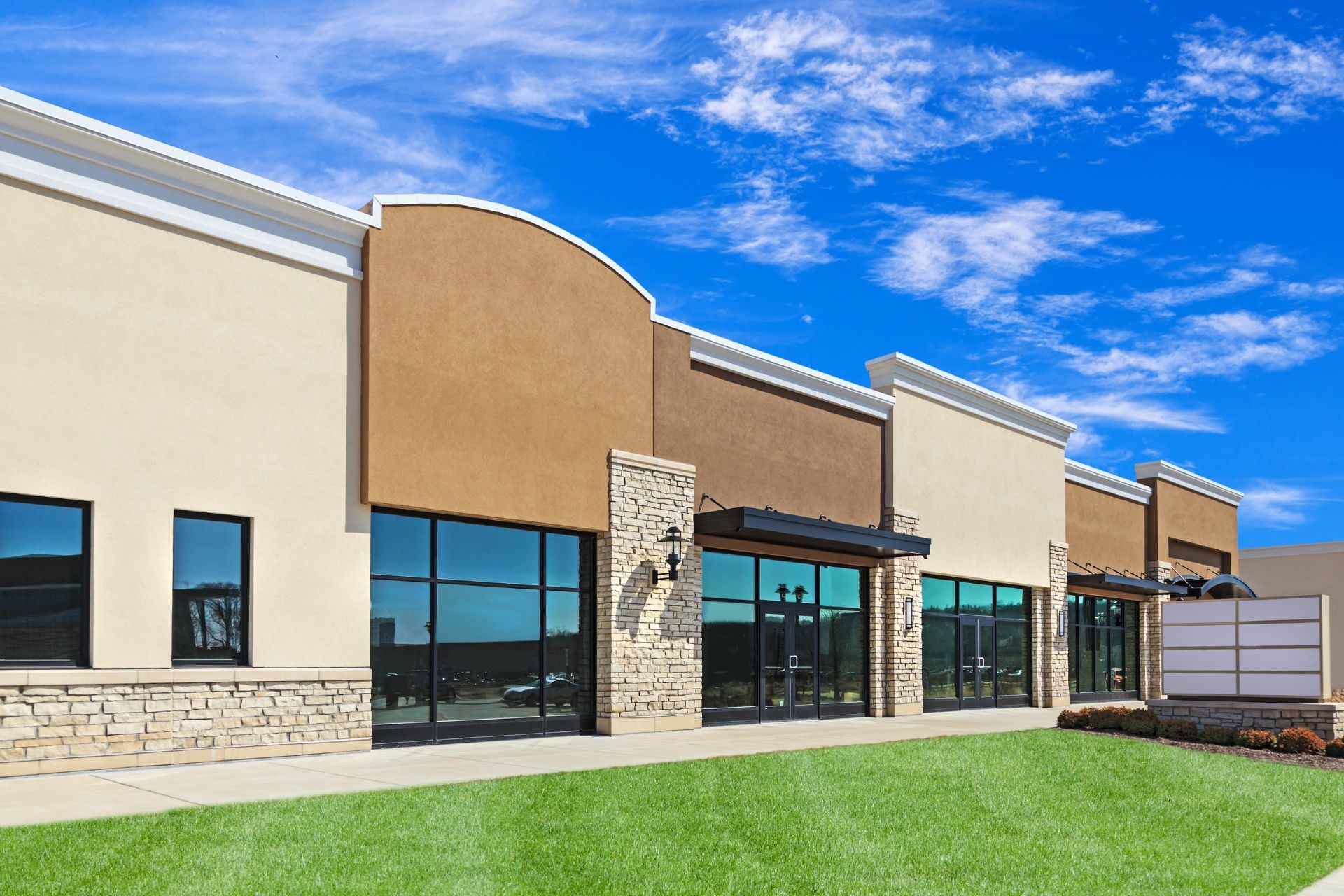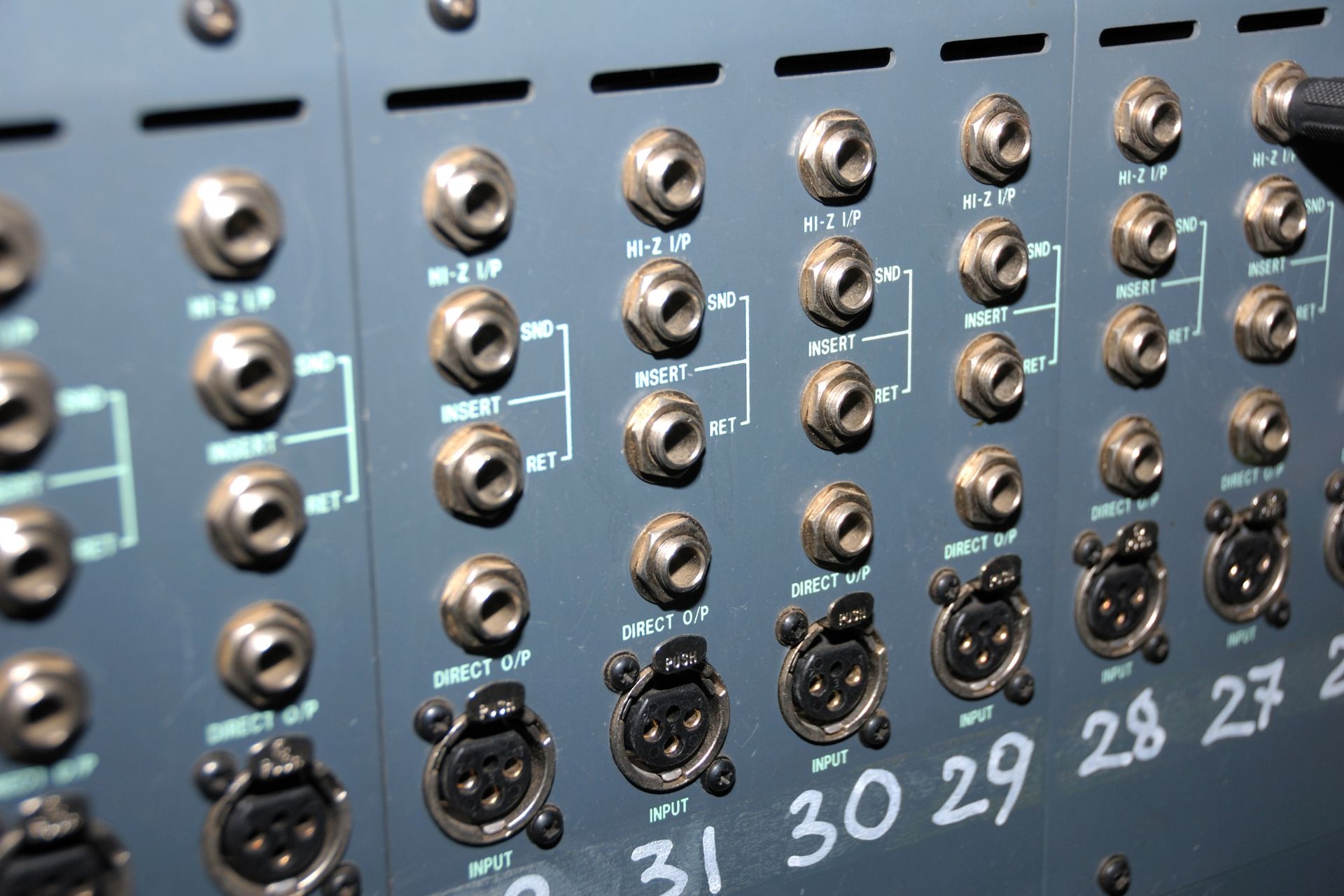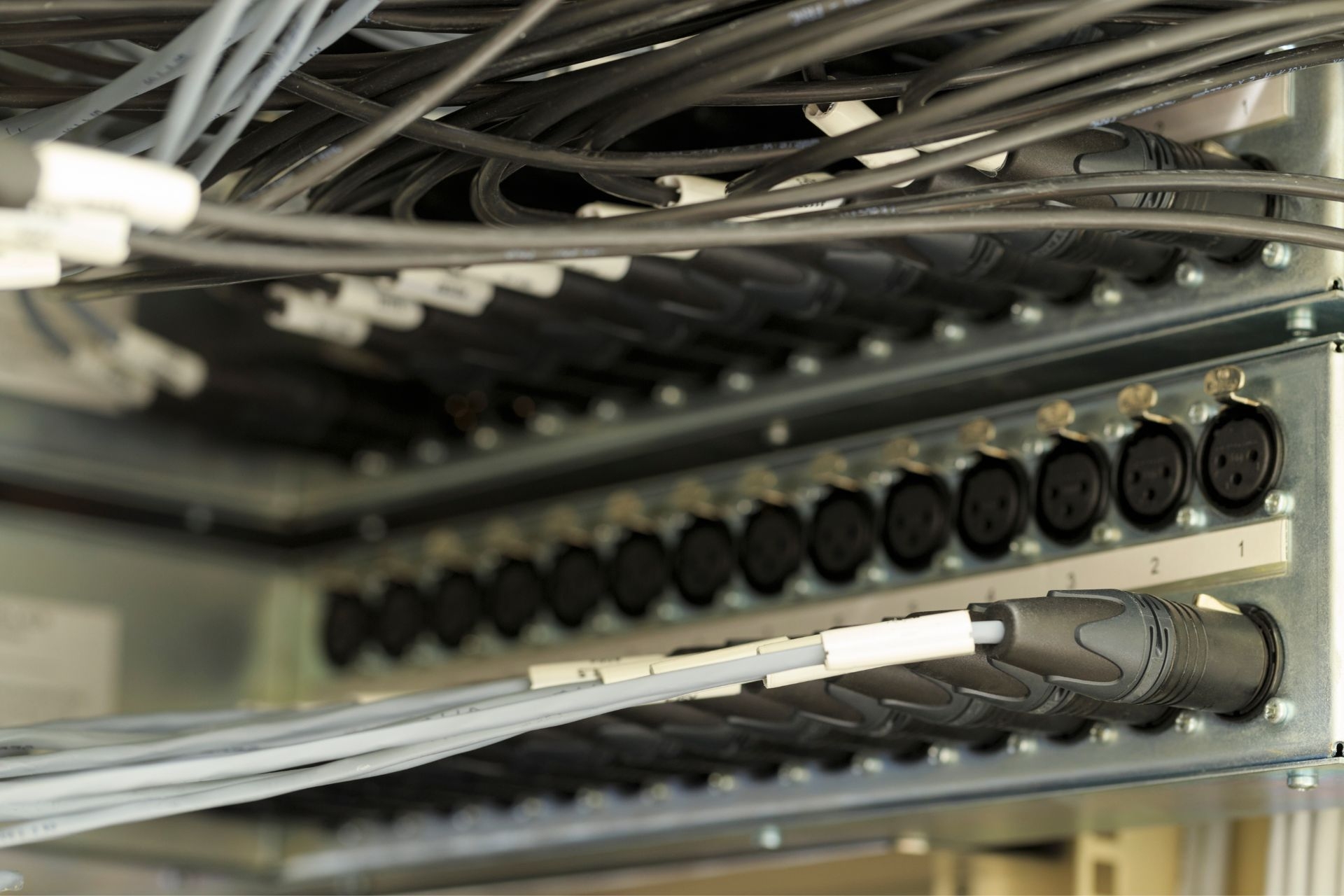

Surveillance-optimized hard drives differ from regular hard drives in several ways. Firstly, they are specifically designed to handle the demands of continuous video surveillance recording. They are built with features such as enhanced firmware algorithms that prioritize video streaming, ensuring smooth and uninterrupted recording. Additionally, surveillance-optimized hard drives are typically built to withstand the rigors of 24/7 operation, with features like improved heat dissipation and vibration resistance. These drives also often have a higher workload rating, allowing them to handle the constant read and write operations required for surveillance footage.
When looking for surveillance-optimized hard drives, there are several key features and specifications to consider. One important feature is the capacity of the drive, as surveillance systems often generate large amounts of data that need to be stored. Look for drives with high storage capacities to accommodate your recording needs. Another important specification is the data transfer rate, as this determines how quickly the drive can read and write data. Look for drives with fast transfer rates to ensure smooth and efficient recording. It is also important to consider the drive's workload rating, which indicates its ability to handle continuous recording. Look for drives with high workload ratings to ensure reliable performance.
Web development platform provider Netlify has added AI-enabled deploy assist capabilities to its Composable Web Platform.Unveiled March 7, AI-enabled deploy assist analyzes failed deployments and offers suggestions to correct errors. Netlify said the feature is intended to reduce the time developers spend manually reviewing logs and debugging failed builds, ensuring failed builds do not become bottlenecks and improving the developer experience.Netlify CTO Dana Lawson explained how the company’s AI addresses issues across toolsets. “When building composable architectures, teams are pulling in tools, content, and integrations that suit them best. When issues happen, it’s not always clear what part of your composable architecture is having issues. It could be code, configuration, etc,” Lawson said.To read this article in full, please click here
Posted by on 2024-03-07
Kubernetes has become the de facto way to schedule and manage services in medium and large enterprises. Coupled with the microservice design pattern, it has proved to be a useful tool for managing everything from websites to data processing pipelines. But the ecosystem at large agrees that Kubernetes has a cost problem. Unfortunately, the predominant way to cut costs is itself a liability.The problem is not Kubernetes. The problem is the way we build applications.To read this article in full, please click here
Posted by on 2024-03-07
Cloudflare has announced the development of Firewall for AI, a protection layer that can be deployed in front of large language models (LLMs) that promises to identify abuses before they reach the models.Unveiled March 4, Firewall for AI is intended to be an advanced web application firewall (WAF) for applications that use LLMs, comprising a set of tools that can be deployed in front of applications to detect vulnerabilities and provide visibility into the threats to models.To read this article in full, please click here
Posted by on 2024-03-05
Are you a cloud architect, engineer, or neither? The question will get you more blank stares than good explanations due to the confusion around two roles that perform separate but equally important duties.I’ve held both roles. I was a software engineer early in my career, then morphed into an architect, then an executive architect. The trouble is that we tend to conflate both roles these days. The lines between engineering and architecture have blurred. We’re obtaining engineering certifications that say “architect” and architecture certifications that say “engineer.” The former is the most common, leading to considerable confusion.First, I don’t care if you mislabel something, but I will correct you if you do. The confusion I’m seeing is leading to hiring mistakes and misunderstanding of what skills to apply where.To read this article in full, please click here
Posted by on 2024-03-05
Yes, surveillance-optimized hard drives are designed to handle continuous recording and high data transfer rates. These drives are built with features that prioritize video streaming, allowing them to handle the constant flow of data generated by surveillance systems. They are designed to deliver consistent performance even under heavy workloads, ensuring that video footage is recorded without interruption. Additionally, surveillance-optimized hard drives often have fast data transfer rates, allowing for efficient recording and playback of high-resolution video.

Surveillance-optimized hard drives are generally compatible with most surveillance systems and DVRs. They are designed to work seamlessly with these systems, ensuring reliable and efficient recording of video footage. However, it is always recommended to check the compatibility of the hard drive with your specific surveillance system or DVR before making a purchase. Manufacturers often provide compatibility lists or guidelines to help users choose the right hard drive for their system.
Surveillance-optimized hard drives employ various measures to ensure data integrity and prevent data loss. One common feature is the use of error correction codes (ECC), which detect and correct errors that may occur during data transfer. This helps to maintain the accuracy and integrity of the recorded video footage. Additionally, these drives often have built-in mechanisms for monitoring and managing bad sectors, ensuring that any potential issues are addressed before they can lead to data loss. Some surveillance-optimized hard drives also offer features like power loss protection, which helps to prevent data loss in the event of a sudden power outage.

The lifespan of surveillance-optimized hard drives under constant surveillance usage can vary depending on several factors. These include the quality of the drive, the workload rating, and the operating conditions. Generally, surveillance-optimized hard drives are designed to handle the demands of continuous recording and are built to be more durable than regular consumer-grade hard drives. With proper maintenance and regular backups, surveillance-optimized hard drives can last for several years under constant surveillance usage. However, it is important to monitor the health of the drive and replace it if any signs of failure or degradation are detected.
Surveillance-optimized hard drives often incorporate specific security measures to protect against unauthorized access or tampering. One common feature is the use of encryption, which ensures that the data stored on the drive is protected even if the drive is stolen or accessed without authorization. Some surveillance-optimized hard drives also offer features like secure erase, which allows users to securely erase all data on the drive when it is no longer needed. Additionally, these drives may have built-in mechanisms for detecting and reporting any tampering attempts, providing an added layer of security for the stored surveillance footage.
